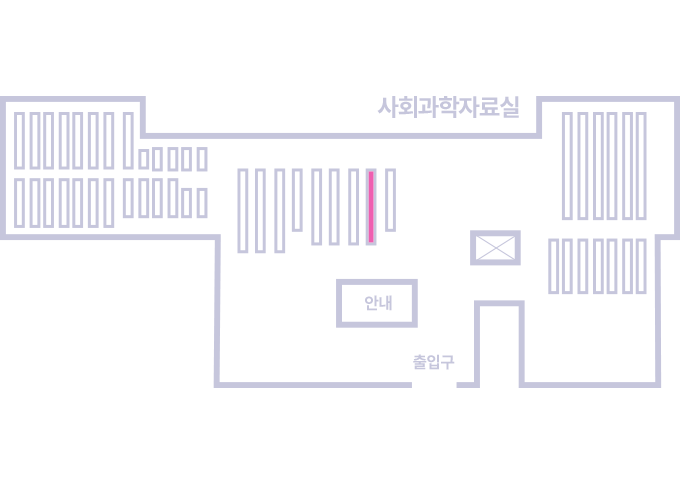권호기사보기
| 기사명 | 저자명 | 페이지 | 원문 | 기사목차 |
|---|
| 대표형(전거형, Authority) | 생물정보 | 이형(異形, Variant) | 소속 | 직위 | 직업 | 활동분야 | 주기 | 서지 | |
|---|---|---|---|---|---|---|---|---|---|
| 연구/단체명을 입력해주세요. | |||||||||
|
|
|
|
|
|
* 주제를 선택하시면 검색 상세로 이동합니다.
Title Page
Contents
ABSTRACT 11
I. INTRODUCTION 13
II. LITERATURE REVIEW 16
1. Cancer cachexia 16
1) Cancer cachexia 16
2) Symptoms and mechanisms of cancer cachexia 18
3) Management of cancer cachexia 24
2. Ajoene derived from garlic 28
1) Garlic (Allium sativum) 28
2) Biological activities of ajoene 31
III. MATERIAL AND METHOD 32
1. Preparation of ajoene extract 32
2. Mouse model of cancer cachexia 33
3. Assessment of muscle cross-sectional area 36
4. Flow cytometry 36
5. RNA Extraction and real-time quantitative polymerase chainreaction analysis (RT-qPCR) 36
6. Statistical analysis 37
IV. RESULTS 39
V. DISCUSSION 78
VI. SUMMARY AND CONCLUSION 83
VII. REFERENCE 85
ABSTRACT IN KOREAN 106
Figure 1. The prevalence of cancer cachexia by tumor site 17
Figure 2. Signaling pathway involved in skeletal muscle atrophy 21
Figure 3. Relevance of muscle wasting to cancer patient management 26
Figure 4. Therapeutic targets for cancer cachexia 27
Figure 5. The chemical structures of the main sulphur containing... 30
Figure 6. Experimental design 35
Figure 7. Tumor volumes of CT26 tumor-bearing mice 40
Figure 8. Total muscle weight at the time of euthanasia 44
Figure 9. Representative H&E staining of the quadriceps muscle 47
Figure 10. Average value for cross sectional area of the quadriceps... 48
Figure 11. The mRNA expression of IL-6 51
Figure 12. The mRNA expression of IL-6R 52
Figure 13. The mRNA expression of myostatin 55
Figure 14. Representative contour plots showing the proportions of... 57
Figure 15. The mRNA expression levels of myosin heavy chain 60
Figure 16. The mRNA expression levels of myoblast determination... 61
Figure 17. The mRNA expression levels of muscle atrophy F-box 64
Figure 18. The mRNA expression levels of muscle RING-finger... 65
Figure 19. The mRNA expression levels of janus kinase 68
Figure 20. The mRNA expression levels of signal transducer and... 69
Figure 21. The mRNA expression levels of mothers against... 72
Figure 22. The mRNA expression levels of mothers against... 73
Figure 23. The mRNA expression levels of mothers against... 74
Figure 24. The mRNA expression levels of forkhead box protein O1 77
Figure 25. Effects of ajoene extract on muscle atrophy induced by... 84
*표시는 필수 입력사항입니다.
| 전화번호 |
|---|
| 기사명 | 저자명 | 페이지 | 원문 | 기사목차 |
|---|
| 번호 | 발행일자 | 권호명 | 제본정보 | 자료실 | 원문 | 신청 페이지 |
|---|
도서위치안내: / 서가번호:

우편복사 목록담기를 완료하였습니다.
*표시는 필수 입력사항입니다.
저장 되었습니다.